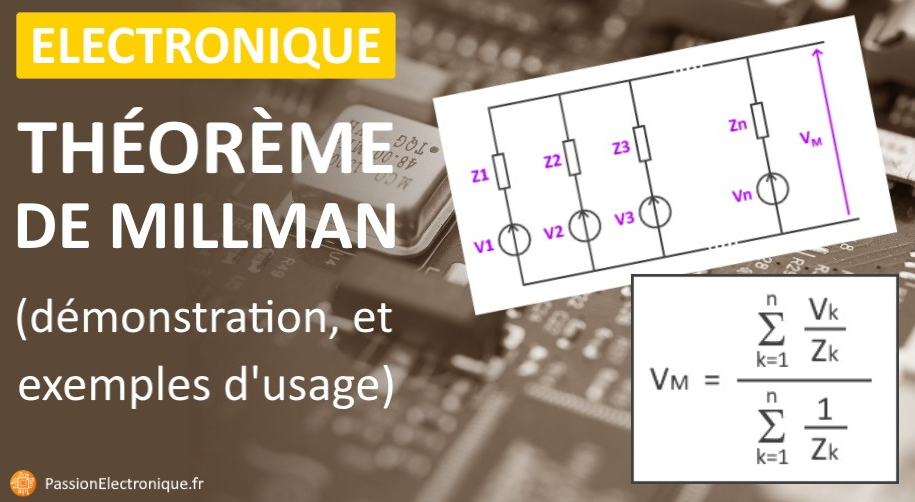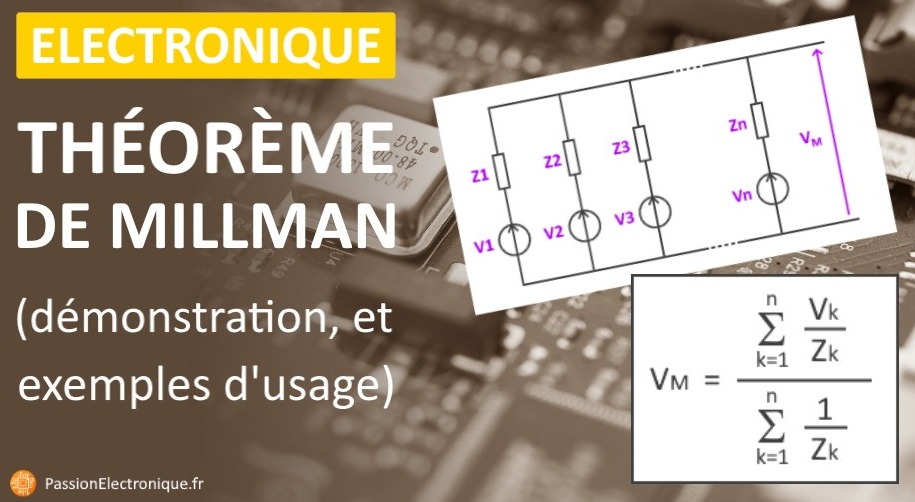

Z.10.46
Senior Members-
Posts
91 -
Joined
-
Last visited
Recent Profile Visitors
The recent visitors block is disabled and is not being shown to other users.
Z.10.46's Achievements

Meson (3/13)
-8
Reputation
-
Hello, In short, we can transform the SAT problem into AX=1 withX a vector and 1 the vector of 1, but the determinant A is often zero, so A^-1 does not exist. However, assuming that since I have the form of the A determinant, I could construct a polynomial-time algorithm where I add more variables to avoid having a zero determinant, I could then find 𝐴′^-1, and the solution would be in polynomial time to find X': X in X′.
-
Yes, a weight of 100 kg will break the rope. However, if you have two weights, one of 100 kg and one of 1000 kg, and you hang them on the cable, the rope will also break. If you don’t analyze the applied energy and how the rope was broken, it could be misleading to say that only the 100 kg weight caused the breakage. In the case of two batteries with voltages U1 and U2, where U1 is greater than U2, and if the battery with voltage U2 is destroyed, a detailed analysis of how U2 was destroyed is necessary to determine the true source of the energy that caused its failure. It’s important to assess whether the destruction was solely due to the voltage U1 or if it resulted from a higher voltage coming from the ground.
-
We can only determine this if precise energetic tests are conducted to measure the energies involved and identify the real cause: is it the increase in internal resistance, or is it a quantity of electrons coming from the ground? Have these tests been carried out to truly understand the real cause of this phenomenon?
-
What I don't understand is why it is stated that the internal resistance increases to allow the two voltages to be equal. This is the standard explanation, but if we admit that this circuit acts as a sort of catalyst for a voltage coming from the grounding, we would see the same effect. So, we can't know which explanation is correct: is it the internal resistance that increases, or is it the voltage coming from the ground that makes U2 and U3 equal? Both could be physical explanations for what we actually observe.
-
I understand your reasoning. So, you assume that an internal resistance would be so high that the voltages U1 and U3 would be equal? In Millman's theorem, Z1, Z2, and Z3 are fixed and carefully chosen so that U1, U2, U3, and VM are always equal. But in my circuit, U1 and U2 are not equal. Why assume that it is the internal resistance that will increase to make U1 and U2 equal? A voltage coming from the ground could also make U1 and U2 equal, and we might not realize it...
-
Thank you for your response. Could you please continue your valuable explanations? I would also like to know, for example, if any tests and real measurements have already been carried out to confirm that there is no voltage coming from the ground when U1 and U3 are different. If U1 and U3 are batteries, normally one or both batteries stop working, but before that, is there any voltage coming from the ground or not? The one from the Dark Web mentions that a high voltage can be observed coming from the ground, which is the main cause of battery destruction. In the case of a magnet rotating around a coil, there is no chemical reaction, just a disturbance in the magnetic fields. This voltage can light up a bulb and adapt to all loads, drawing a quantity of electrons from the grounding.
-
Yes, the superfluid vortex is a quantum phenomenon. It is often assumed that the cause is the absence of viscosity, but if the cause is actually a quantum energy, then the light bulb would continue to glow indefinitely. In any case, with this experiment, we can truly determine whether the reason the vortex keeps spinning is due to the lack of viscosity or some other unknown energy.
-
A voltage source is a component that creates a potential difference between two points in a circuit, meaning it drives a certain amount of electrons to move from one point to another in a specific direction according to a time frequency. The internal resistance depends on the properties of the voltage source. In the quantum world, a small portion of electrons might even choose to move in the opposite direction of others, which can slightly reduce the voltage, and some electrons might go elsewhere, leaving the circuit and dissipating as heat. The quantum world is indeed strange, with some electrons following the rules, others doing the opposite of the rules, and some having no rules to follow at all... But this shows a misunderstanding of rectification. Yes, sorry, you should use diodes for rectification to keep only the positive sinusoidal signal, followed by filtering with capacitors to smooth the signal. You might also consider adding a regulator at the end. In any case, blocks 2 and 4 correspond to a device that transforms a sinusoidal signal into a constant signal. I wasn't sure how to say this in English. Are there any other points that need to be clarified in the schematic as well?
-
Here is the functional diagram: Block 1 and Block 5 each represent a coil with a magnet rotating around it, generating an alternating voltage, u1 and u3 (complex numbers). Block 2 and Block 4 represent a rectifier that converts the alternating voltage u1 and u3 into direct current U1 and U3 (integers). Block 3 is a light bulb whose voltage is U2, connected to the ground. Here, I would like to understand the mathematical and phyisical characteristics of this diagram if U1 and U3 are different. I have no hatred towards electrical engineers, and I thank you for your explanation in the link you posted. Could you please provide more clarification on the energy balance of this diagram and why, in your discussion on the link, there is no conservation of energy?
-
I don't know if it's a scam or not, but in this link, on an energy level, it’s clear that there is no conservation of energy. He simply says that the anomaly will affect the grounding so that it’s not zero and will provide the missing part of the energy, regardless of the load. https://forum.allaboutcircuits.com/threads/two-pm-alternators-in-parallel-query.17892/page-5 Our world is influenced by those who have the most money, and energy companies have a lot of money. They can do anything to keep the secret.
-
I mean Electrical Ground, which in French is referred to as 'Masse.' He says that implementing this circuit causes anomalies where a generator becomes a motor, and a resistor becomes conductive. In the end, for the circuit to stabilize, the ground won't have a 0V potential but rather a non-zero voltage, which allows for more energy coming from the electrical ground. He says that energy companies hide the existence of this energy principle, and any engineer or person who implements it risks their life...
-
I will explain to you the real reasons behind my discussion. I came across a conversation on the dark web claiming that electricity companies are hiding a method of generating free energy. According to this principle, there are circuits based on this method that, when connected to an electrical installation, can deceive the energy meter. However, it is not really cheating, as the free energy comes from the mass. By making this connection, one could obtain a surplus of energy from the mass without being detected by the energy meter. Thank you for the link. Even in this link, it is evident that there is a surplus of energy resulting from this type of connection, which seems to defy the laws of energy conservation. However, the person on the dark web claims that this additional energy comes from the mass and not from an energy source within the circuit.



